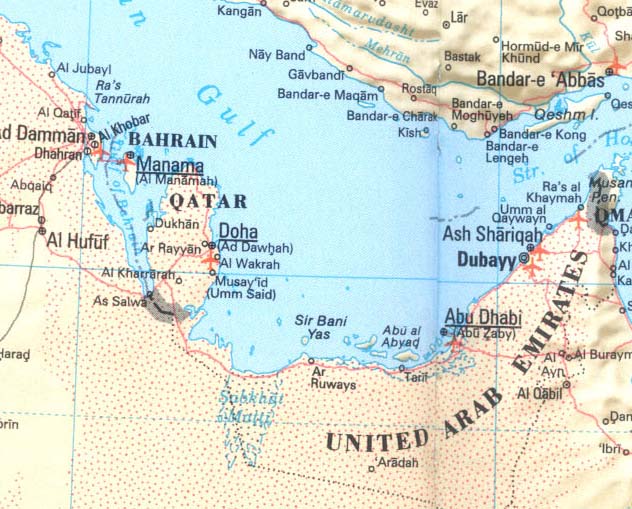The proposed Quranic Garden at Education City will be one of the Arab region’s “most important biodiversity conservation projects”, a top Unesco official said. Dr Benno Boer, ecological sciences adviser for Unesco Arab region at the Doha office, said the project aimed at displaying all natural plant species from Qatar and the Arabian Peninsula.
“It is an achievement that the project had reached this stage in a relatively short time. This demonstrates the commitment of Her Highness (Sheikha Mozah Nasser al-Misnad) and the essential partner organisations – Qatar Foundation, Maersk Oil Qatar and the Unesco”, the official said, at the first international forum on the Quranic Botanical Garden, yesterday.
more ...
The second article elaborated on the importance and tied the development into the current trend in improved use of traditional herbal medicine.
Most of the new drugs entering the market these days are based on natural products, a Malaysian minister said.In the last year and a half I have visited two related botanical Gardens, Kew Gardens in London and its country cousin Wakehurst Place. In the latter is the
Speaking at an international forum on the Quranic Botanical Garden, Dr Halimah Ali, Malaysia’s state minister of education and higher education, said 60% of drugs that entered the market between 1981-02 were either natural products or based on these. Some 78% of antibiotic and 74% of anti-cancer drugs too had natural roots, she said, asserting that “botanical gardens are the way forward to reveal the ultimate knowledge in the Holy Qur’an”.
The current trend in drug development is improved use of traditional herbal medicines, she told the conference, organised by Qatar Foundation.
Speaking on drug discoveries, Halimah said the process had been relatively straightforward as the biologically active substance discovered in nature is isolated and identified.
more ...
the Millennium Seed Bank Project. It opened in 2000 and is an integral part of the Wakehurst Place visitor experience, together with the Mansion and gardens.
As well as providing space to store thousands of seed samples in a large underground vault, the building includes advanced seed research and processing facilities, and a state of the art exhibition about seed conservation.
Some of the diversity of UK native flora is shown in the eight exterior parterres, which show habitats from the seashore to the uplands. ... The UK Programme has already collected seed from over 95% of the UK's native higher plants. This is the first time that any country has underpinned the conservation of its flora in this way.
more ...
Kew gardens itself is a wealth of plants and information.
Horticulture at the Royal Botanic Gardens, Kew, is a multi-purpose activity, supporting the institution's research programme and balancing this with a high-quality visitor amenity. Our unrivalled living collections represent a resource for botanical science world-wide, whether for pure scientific purposes or those with economic potential. Most important of all, the living collections and the horticultural skill that cares for them are a resource for ex situ conservation of plant diversity and its integration with habitat restoration and species reintroduction.
more ...
I present some photos from Kew Gardens since there are none yet of the Quaranic Garden, just now in planning.






